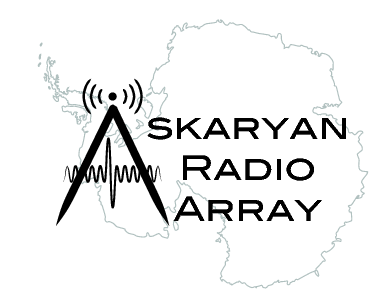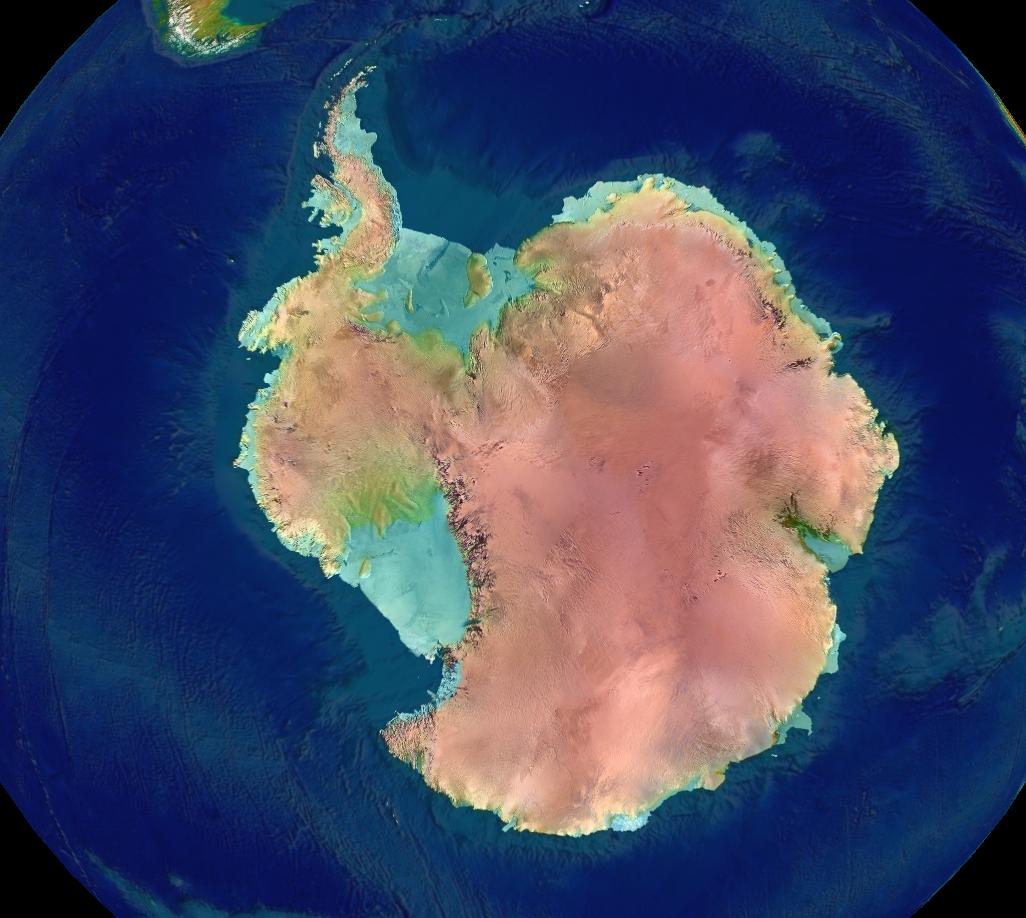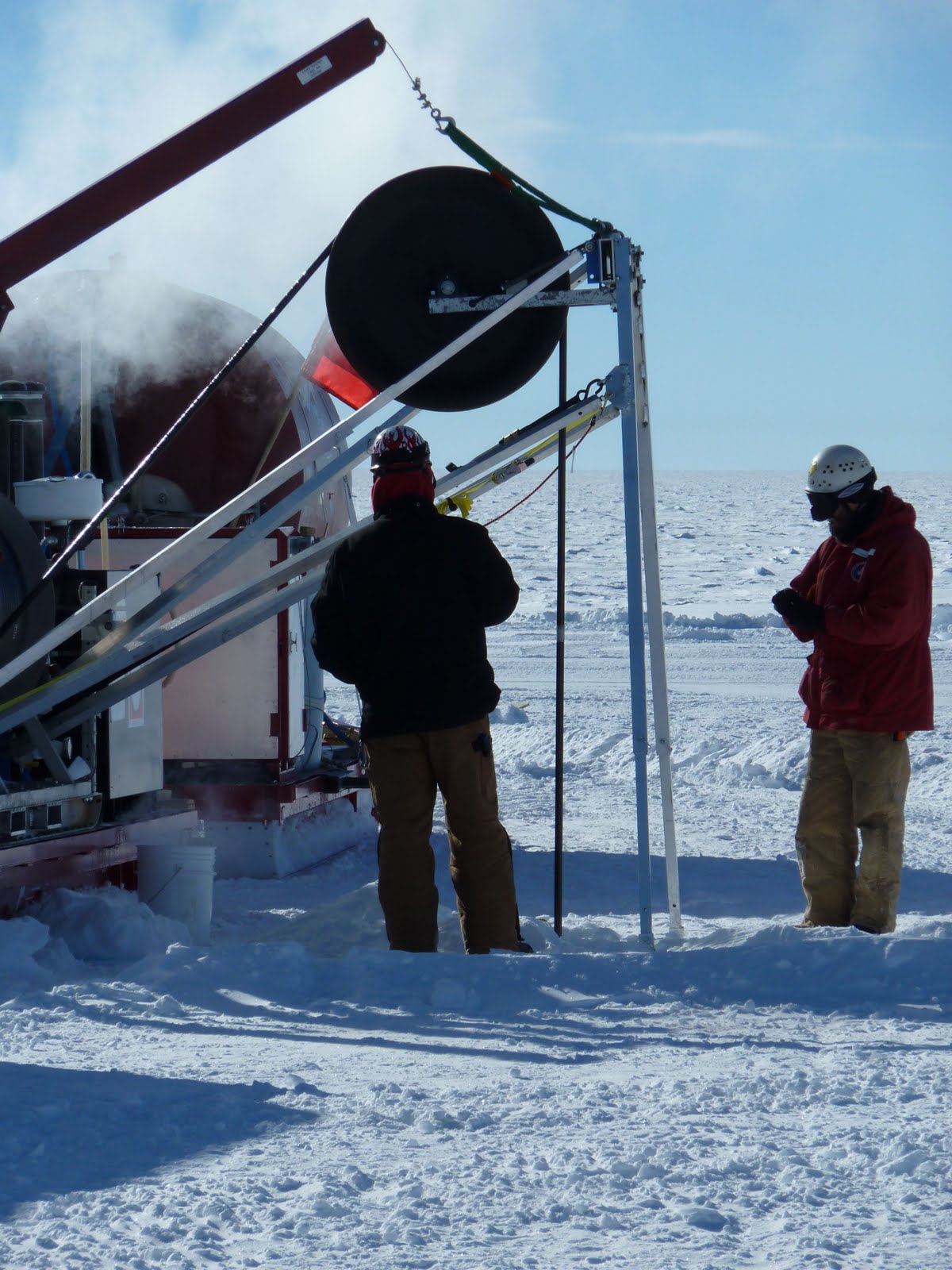ARA

The Askaryan Radio Array (ARA) is an ultra-high energy neutrino (UHEN) experiment based near the South Pole in Antarctica.
Ultra high energy neutrinos are some of the most energetic particles in the Universe, providing a window into Particle Physics beyond the energies achievable at terrestrial particle accelerators. Observing UHEN interactions will help to shed new light on the physics of fundamental particles at the highest energies.
What is ARA trying to detect?

ARA's purpose is to detect UHENs that interact in the Antarctic ice near the South Pole. There is an expected flux of these particles incident upon the Earth produced by ultra-high energy cosmic rays interacting with the cosmic microwave background (often referred to as the CMB).
How will ARA detect neutrinos?
ARA is a radio detection experiment designed to detect bursts of radio waves produced when UHENs interact in the Antarctic ice (caused by the Askaryan Effect). Since these particles are not only rare but interact weakly, it is necessary to have a vast volume of material in which to observe their interactions.
Unfortunately it is not feasible to construct a big enough detector volume, but handily nature has provided us with some of her own. Although the location and conditions provide many a challenge, Antarctica provides us with virtually limitless amounts of radio transparent material, ice, that we can use with very little anthroprogenic radio noise.

ARA Detector
The experiment will consist of an array of 37 substations buried in the ice. Each substation comprising of radio antennas and data acquisition electronics, as well as the supporting power (provided by wind turbines) and communication infrastructure. The next round of ARA stations will be deployed during the 2017-18 austral summer.
UCL's Involvement
Drawing on radio neutrino detection expertise from the ANITA experiment, UCL is involved in a number of areas of ARA. Current work includes: development of firmware and software for the data acquisition systems, timing calibrations for the sampling and digitising chips, and development of root analysis tools.
